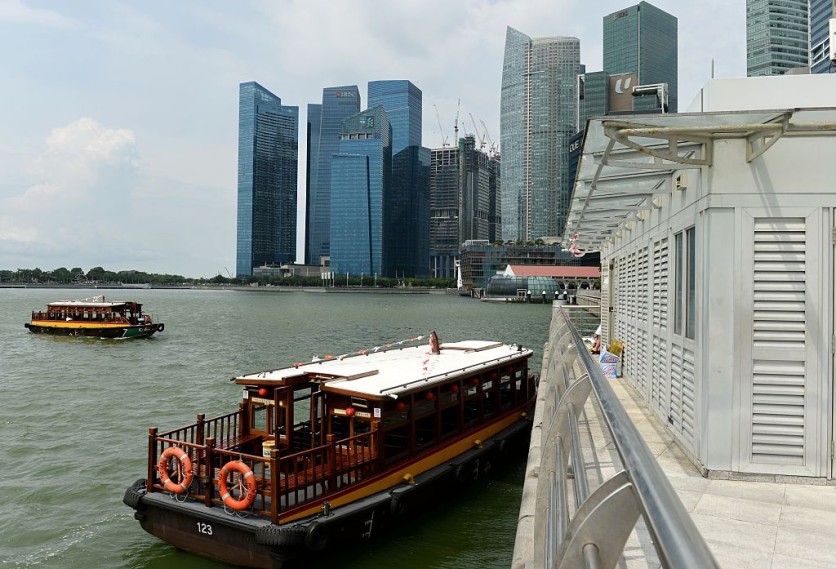To promote the usage of 5G in maritime operations, Singapore will extend its standalone 5G coverage to its seaport, which will span terminals, fairways, boarding grounds, and anchorages by mid-2025, according to a report by ComputerWeekly.com.

Innovating the Maritime Industry with 5G
This would open the door for testing and commercialization of marine 5G use cases through the Infocomm Media Development Authority (IMDA) and Maritime Port Authority's (MPA5G@Sea) testbed, beginning with the remote pilotage of ships approaching the port of Singapore.
A qualified harbor pilot must currently physically board vessels with a gross tonnage of 300 or more and give shipmasters instructions on how to operate the vessel safely through Singapore's waterways.
The harbor pilot typically rides in a small harbor craft to the ship from the pier before ascending a set of vertical ladders to the ship's deck, as noted by ComputerWeekly.com.
But with 5G, the requirement to physically board the ship is eliminated because the pilot may remotely operate the ship from an onshore control center utilizing real-time video vision.
According to IMDA, this will greatly improve resource usage, increase safety, and change the role of a harbor pilot from physically difficult work to remote operations.
Using drones to transport vital components to ships at sea rather than having them land at a terminal for immediate inspections and repairs is another example of a maritime 5G use case.
The Technology of Choice for the Maritime Sector
Singapore telco M1 will install the 5G network at the country's port. According to Manjot Singh Mann, CEO of M1, 5G has the potential to address enduring problems and will inevitably become the technology of choice for the maritime sector.
The development of enterprise 5G has accelerated recently in the southeast Asian country. Singtel has been leading 5G installations in industries like manufacturing, teleoperations, and construction, in addition to M1.
Singtel and Continental signed a contract earlier this week that would use the Paragon multi-access edge compute platform to increase the situational awareness of car systems and raise road safety.
"Singtel's pervasive 5G network and its Paragon edge cloud platform offering high bandwidth, low latency connectivity and compute capabilities, coupled with Continental's deep expertise in automotive innovation, will propel new growth in smart mobility and fleet management," Singtel's CEO of group enterprise and regional data center business, Bill Chang, said in a statement.
Related Article : 5G Mobile Subscriptions Worldwide Expected to Hit 1 Billion By End of 2022, Ericsson Says
This article is owned by Tech Times
Written by Joaquin Victor Tacla
ⓒ 2025 TECHTIMES.com All rights reserved. Do not reproduce without permission.




